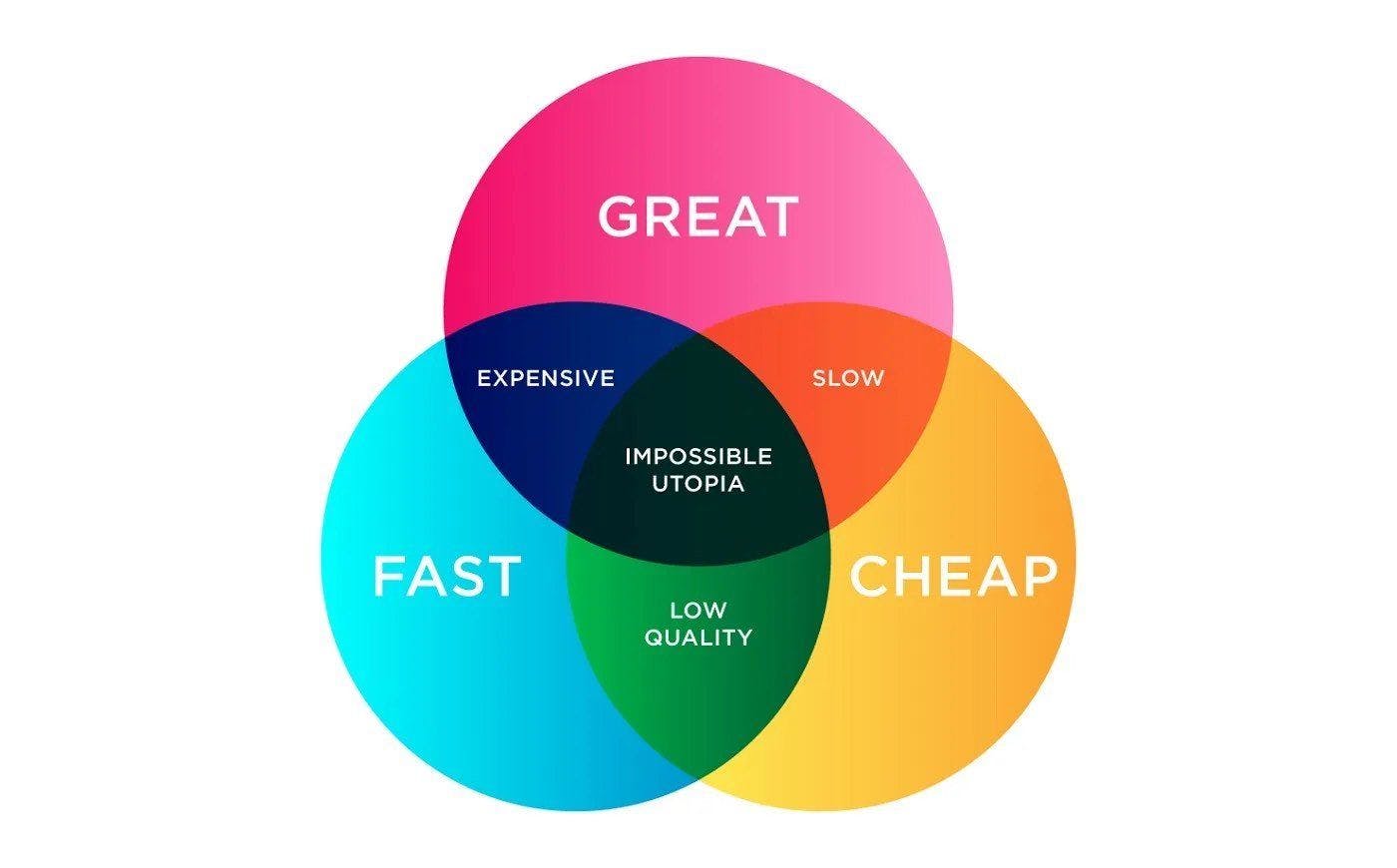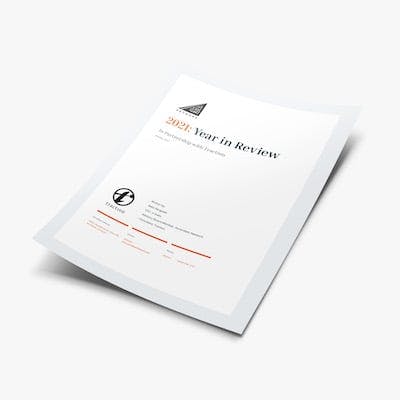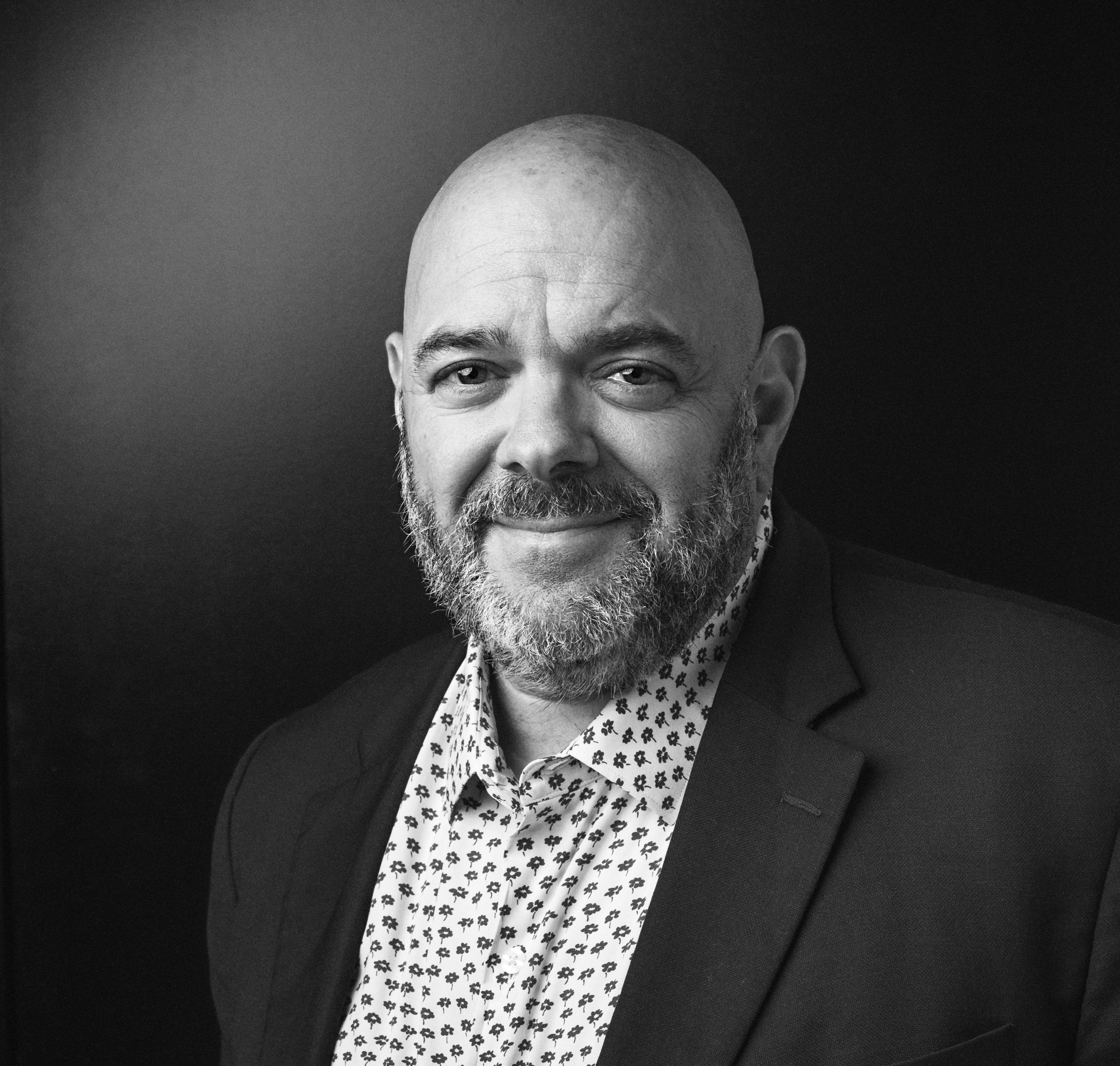Get Your In-House in Order for a Recession

By Adam Kleinberg
Over the past decade, brands have shifted a great deal of their marketing execution to in-house teams—from brand strategy to performance media to creative development.
With markets trembling at the face of runaway inflation and impending recession, a great deal of soul searching is sure to be done. Is this working? Is it working well?
In a recent consulting engagement for a top 20 US bank with an in-house agency of 200 people, Traction uncovered massive inefficiency in their operations. Thousands of deliverables were being requested per week, astounding levels of custom work were being done that should have templatized, processes were regularly circumvented as people struggled to keep their heads above water, communications were victimized by assumptions, and as a result what should have been turn-key executions were taking twice as long to produce, while the important work was given short-shrift.
In a recessionary environment, there will be a push for marketers to get work done fast cheap and good. Which we know isn't possible.

However, as this example illustrates (and as I wrote in Ad Age), there is a dirty, hidden truth about fast, cheap and good.
The saying goes, "pick two" and agency creatives know this reality well. We can pay people to work the weekend, but that's expensive. We can rush the work, but then it'll run a greater risk of being low quality. Maybe we can find a way to do it cheap and good, but not quickly or consistently.
So, if fast, cheap and good is an impossible utopia, then what's the secret? Faster, cheaper and better is definitely something you can achieve. And judging from the bank example here, you just might wind up with happier humans doing the work.
Here is some advice on how.
Get your process examined.
It's not pleasant, but more often necessary. Traction's process for operations consulting begins with the Extract Phase where we extract knowledge and insights from across your team—managers, stakeholders, rank and file—in a confidential, safe environment. The approach becomes a 360 degree root cause analysis:
- 40% of jobs are designated "rush projects." Why"?
- Marketing managers fabricate deadlines because it's the only way to get things done when they need them. Why?
- People are ignoring process. Why?
- They think the process is dated and unused. Why?
- Because people are too busy to fill out the intake form. Why?
- Because it's one size fits all form being use for a bunch of different types of projects.
So, let's optimize the intake form.
One example of a real-live recommendation that made a real live impact. In this engagement, we made 21 such recommendations.
Get agile.
Over the years, I've asked our team why we could produce work for internal projects in days or weeks that took months to produce for clients. The answer I always heard was, "Because there are no clients."
Clients aren't the problem. Process overload is. Layers of approval are. Big "ta-da" agency presentations are. Lack of trust and collaboration are.
When Traction pivoted from being an agency into a marketing accelerator, the first thing to go was the big "ta-da." Our objective was to feel almost like an augmentation resource, but provide incremental value far above and beyond with layers of strategic insights, subject matter expertise, design frameworks, operational improvements and access to world-class talent on demand. Clients are regularly invited to look at Figma files and Miro boards. They work directly with creative directors, strategists and media planners. We share rough ideas, invite clients to become collaborators in the sausage making, adapt on the fly, have candid conversations about the best way to invest budgets, and get to great work faster.
Whether it's your in-house team or a partnership with an accelerator, or even agency, make sure you understand the approach. If you get more agile, sometimes you'll save a little. Sometimes you'll save a lot.
Get more thoughtful.
Three days ago, Pepsi announced that they won't renew their sponsorship of the Super Bowl halftime show. This news was on the heels of perhaps the most anticipated and highly viewed Super Bowl halftime show in history with Snoop Dogg, Dr. Dre, Eminem, Mary J. Blige and Kendrick Lamar. That is quite the about face.
I had the opportunity to meet Todd Kaplan, the CMO of Pepsi Wednesday afternoon. He and Gary Vaynerchuk were on stage being interviewed by Lending Tree CMO, Shiv Singh. He explained that Pepsi's strategy was about building instead of leasing. Rather than paraphrase, let me quote what he posted on LinkedIn the next day.
Most marketers today undervalue the role of earned media and organic social media in their marketing plans. Let me explain 👇
Think about the breadth of content you consume in a typical day - TV shows, articles, texts, social feeds, streaming, videos, etc. Now what percent of all that content is actually paid media / ads? And when you do encounter those few paid moments, do you tune out or even skip (if afforded the oppty) since it isn't what you are trying to engage with?
Yet somehow most marketers spend 90% of their time building creative, media plans, and executions that only play in this small sliver of a consumers actual time. And I get it - the agencies, media buying mechanisms, and measurement tools are all built around that same sliver. But in order to truly resonate in culture, brands need to approach idea development from a different lens - build creative that invites consumers to participate where they are already spending their time - something they would organically post about to their feed, text to a friend, read about in an article.
While I know it can be a lot tougher to measure impact across earned and social vs paid, my experience has been that a healthy balance of all three usually nets out with a positive impact - that drives the business while giving the brand a shot at connecting with culture. And if nothing else, the creative ideas are usually stronger when the earned and social filters are brought in earlier in the process.
Just my $.02: Don't interrupt your consumers regularly scheduled programming. Let them 'find you' where they are already spending their time, with ideas that encourage them to opt in and engage.
The net takeway for in-house teams and the CMOs that lead them? Make sure you're thoughtful about what really is going to make an impact on your business. Are you producing ads that interrupt or content that gets shared? Are you delivering MQLs that don't turn into revenue? You have limited resources. Make sure you use them wisely, even if that bucks conventional wisdom or makes it harder to measure using traditional advertising metrics.
Not all impressions are created equal.

You will be able to build the crash pad of your dreams in the metaverse, but there’s one thing you won’t be able to build: a walled garden. Here's why...

Traction, in partnership with Ascendant Network released a special report providing a marketing summary of 2021, with key trends and implications for 2022.

Former Unilever and IBM exec to lead digital transformation consulting practice at in-house marketing accelerator
